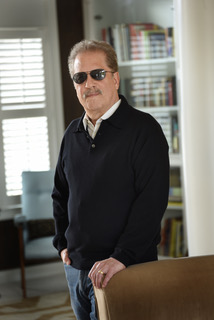Gary Beeber
I am always drawn to subjects I find to be incongruous, and have often been told that I see things that other people don’t pay attention to. As I’m taking pictures I think a lot about the passage of time and how things evolve over the decades. What happened to the people who lived in these places and what were they experiencing? The images I capture speak to me in a variety of ways, fulfilling an insatiable curiosity about the world and everything in it.
Through the viewfinder the world is in color, but I imagine what I see as monotone. I work with color as well, but feel that black and white gives my work a gravitas that can’t be achieved with color. Black and white is solid, timeless. I have studied the work of the great Parisian photographer Eugene Atget (1857-1927) and especially like his use of color (or non-color) that came from his printing process. It took me a long time to develop a similar palette, which I use with my own ideas.
As I photograph, I make adjustments with the composition and perspective. I also make changes based on how I forsee the printed image. I’ve used a lot of cameras over the years but have come to prefer digital because I like the quality and the immediate results. Perhaps this is because when I started getting serious about photography digital cameras didn’t exist. I used computers early on but they were primitive by today’s standards.
I like to come back to themes. I’ve been working on the “Passages” and “Sylvester Manor” series for several years. For me, it’s exciting to see how places and things change over time and sometimes disappear altogether. I prefer quiet places where I can spend time thinking about each subject without interruption, but sometimes that’s not possible. Some places I know about and some places I find by accident. I think I’m most successful with what I find by chance.

